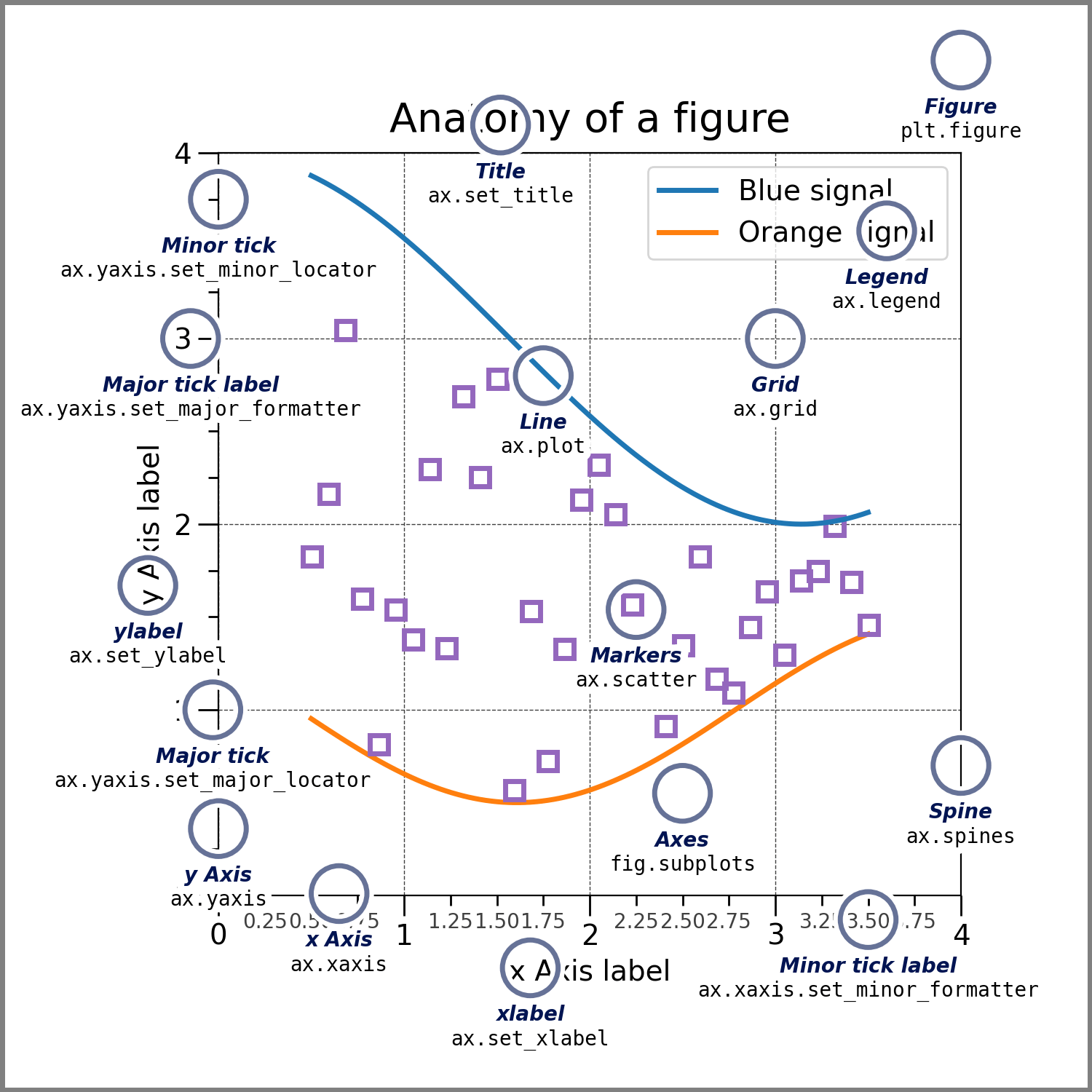|
Introduction
|
A database management system (DBMS) is specialized on managing databases in a scalable and reliable way.
A relational database organizes data into tables with rows and columns.
A non-relational database does not use the tabular schema of columns found in relational databases, having a more flexible schema.
|
|
MySQL Basics
|
SQL commands are the building blocks for interacting with a MySQL database.
Creating a database and tables is the first step in structuring your data.
Inserting, updating, and deleting records allows you to manage data effectively.
|
|
03 Break
|
|
|
SQLAlchemy and MySQL: Exercises
|
CRUD operations in SQLAlchemy: Create, Read, Update, Delete.
Querying and filtering records based on specific conditions.
|
|
Relations between Tables
|
|
|
Introduction to Conditions Databases in HEP
|
Conditions Databases store metadata for time-dependent data like alignment and calibration.
Global Tags group related PayloadTypes, which contain Payloads valid for specific IOVs.
|
|
07 Break
|
|
|
SQLite
|
|
|
Intro to NoSQL and Opensearch Queries
|
Opensearch queries can be used to search, update, and delete documents in an Opensearch index.
Indices in Opensearch define the structure and mapping of documents.
Term queries match exact terms or values in a specific field.
Range queries match documents within a specified range of values.
Compound queries combine multiple conditions using boolean logic.
|
|
Opensearch Text Based Queries
|
Opensearch supports a range of text-based query types, including match, match_phrase, wildcard, prefix, and fuzzy queries.
Each query type has specific use cases and parameters that can be customized for tailored search results.
Efficient utilization of text-based queries in Opensearch can significantly enhance data retrieval and analysis capabilities
|
